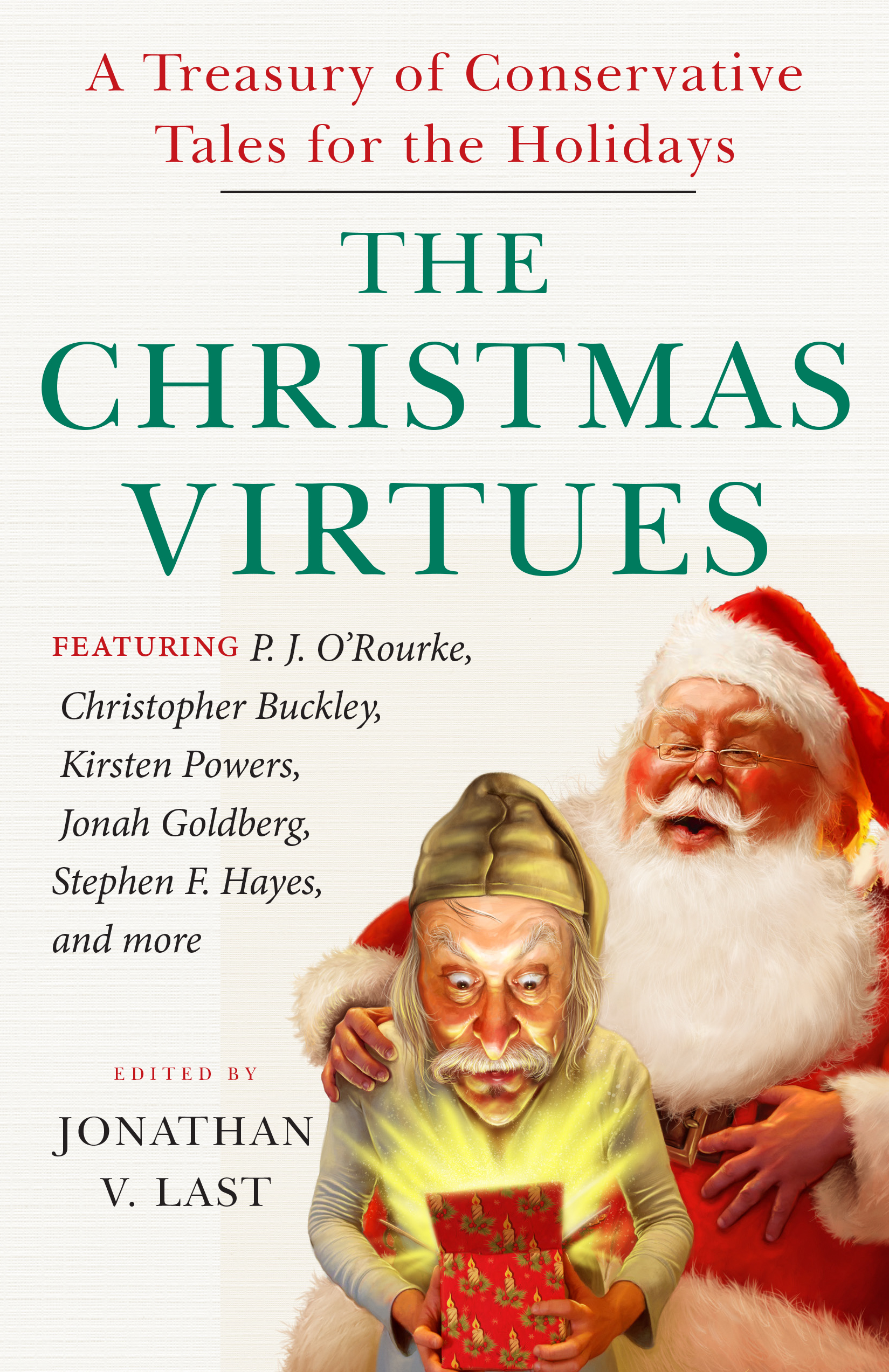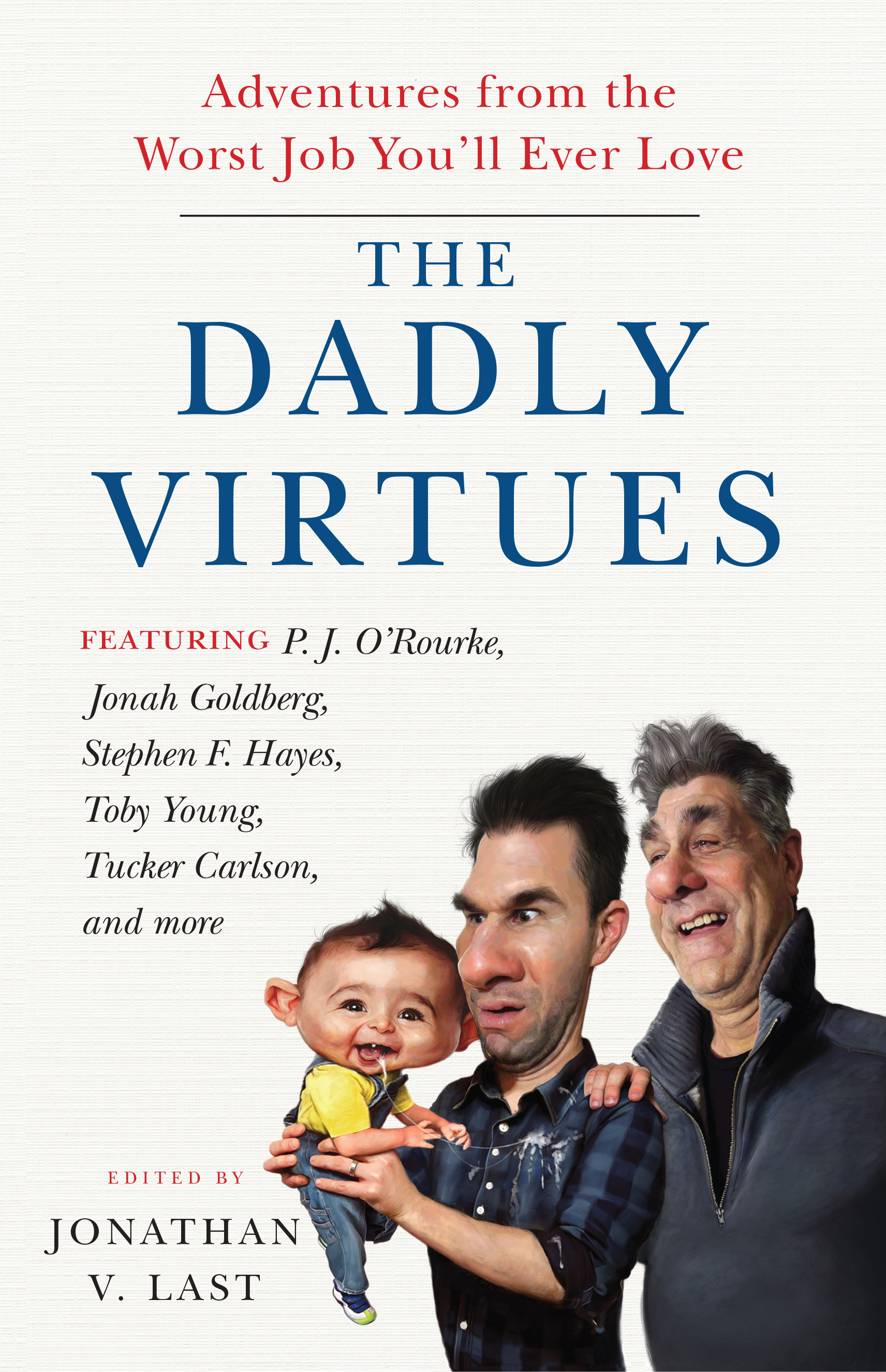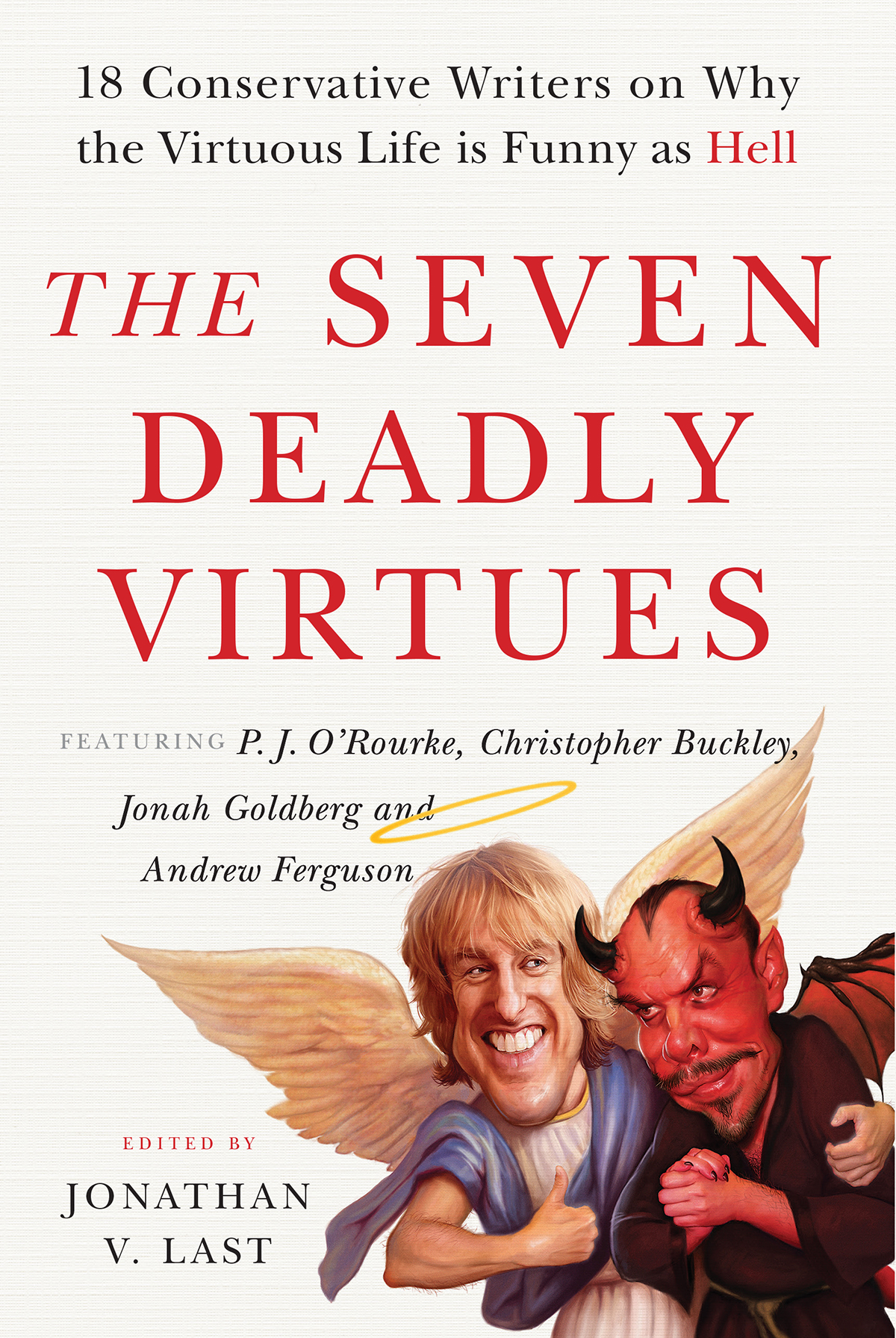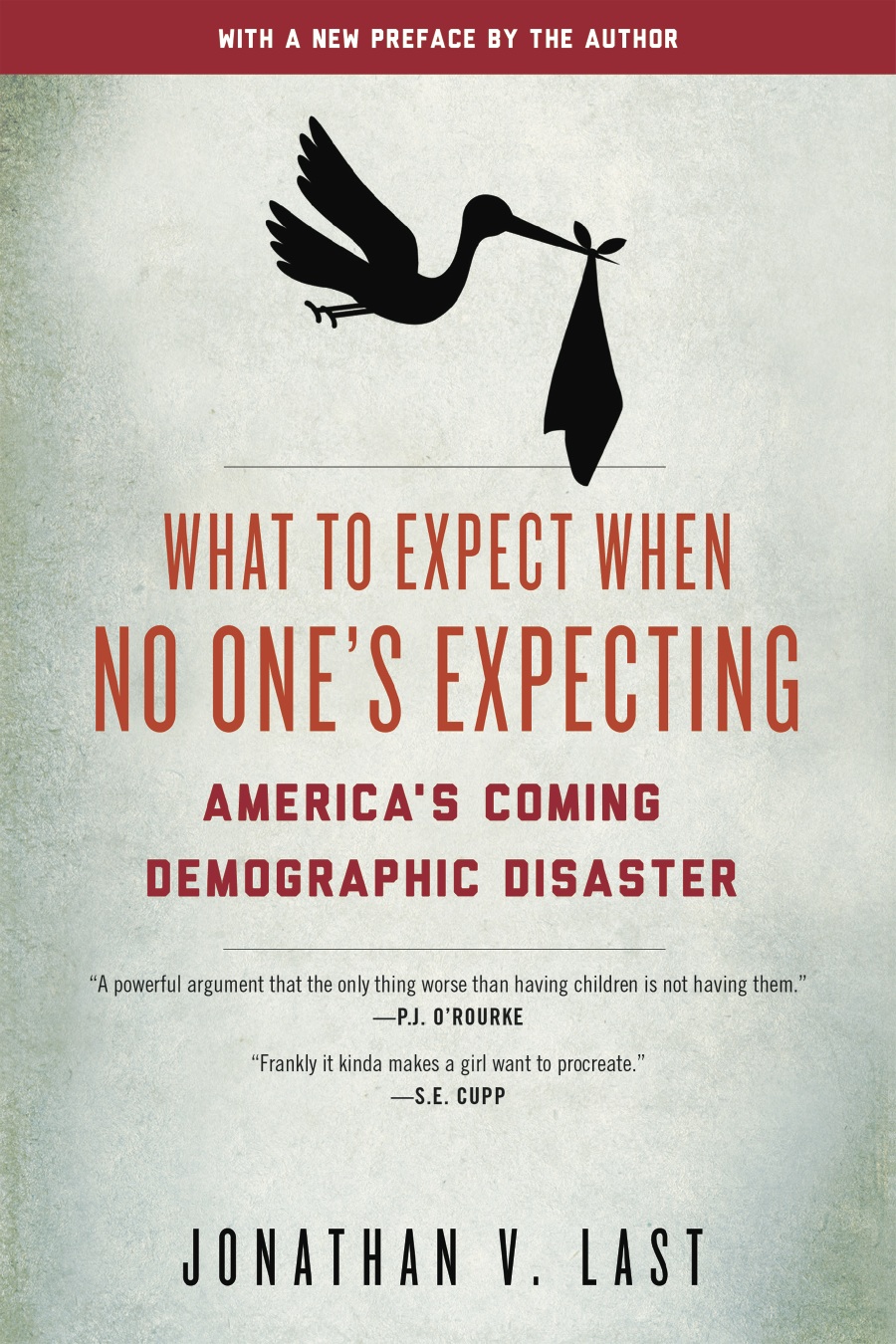March 30th, 2009
A lot is being made about the heroic-heretical nature of the NYT’s magisterial Freeman Dyson profile. And that’s not to be dismissed. But on a broader level, it’s always fascinating to see what native genius–real genius–looks like. Read about Einstein or Descartes or that sort of giant and you invariably come across stories like this one from Dyson:
His older sister Alice, a retired social worker still living in Winchester, remembers how her brother “used to lie on the nursery floor working out how many atoms there were in the sun. He was perhaps 4.”
Or this:
On his own in the school library, he read mathematical works in French and German and, at age 13, taught himself calculus from an Encyclopedia Britannica entry. “I remember thinking, Is that it?” he says. “People had been telling me how hard it was.”
Or this:
taking problems to Dyson is something of a parlor trick. A group of scientists will be sitting around the cafeteria, and one will idly wonder if there is an integer where, if you take its last digit and move it to the front, turning, say, 112 to 211, it’s possible to exactly double the value. Dyson will immediately say, “Oh, that’s not difficult,” allow two short beats to pass and then add, “but of course the smallest such number is 18 digits long.”
It’s depressing, but important, to realize that actual geniuses are different from mortals. They’re simply different creatures.
No comments yet, be the first:






